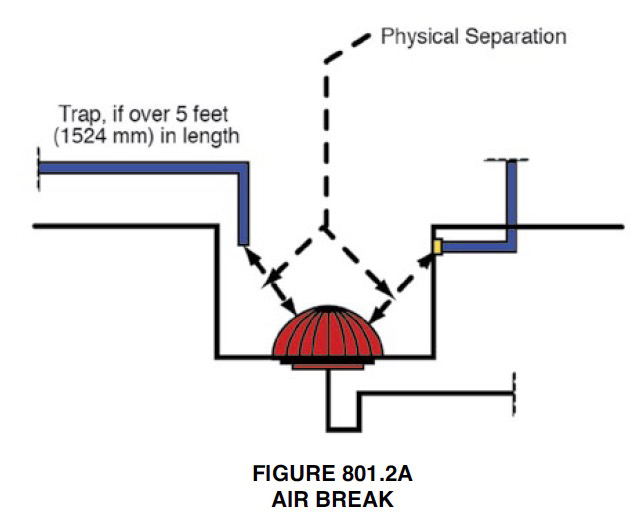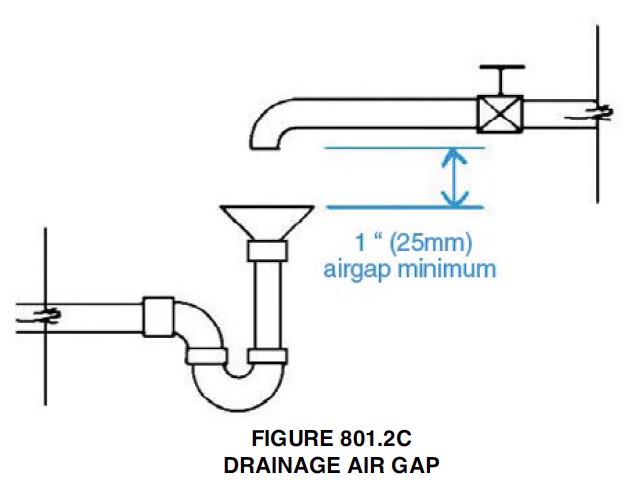I am looking to replace my old electric water heater. The existing pressure release valve piping goes into my wall which I assume terminates to a drainage pipe. Code requires that it discharges to 6" above the the ground in the same room.
Has anyone encountered this before, and if so, is it safe to just cut and cap off the copper piping that extends into the wall and leave?

https://imgur.com/a/rzof364
Has anyone encountered this before, and if so, is it safe to just cut and cap off the copper piping that extends into the wall and leave?
https://imgur.com/a/rzof364

























































![MEISTERFAKTUR drain snake 2.0 [50 FT] - with drill attachment - Ideal plumbing snake for sink and drain unblocking - Solid drain auger for real DYIs! (50 FT - 1/4 inch)](https://m.media-amazon.com/images/I/41VwmTiOsgL._SL500_.jpg)

